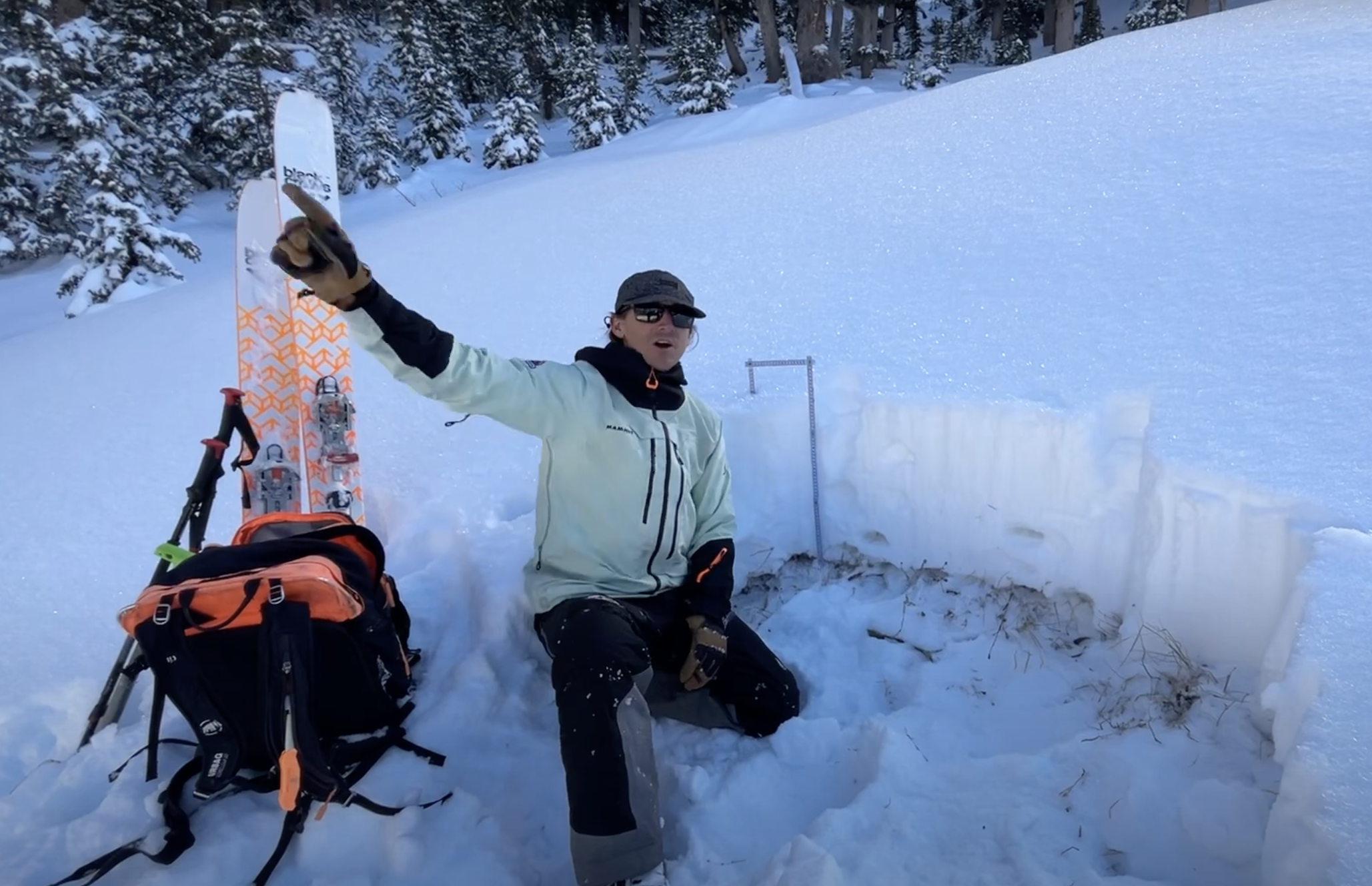Some information may be outdated.
One of the City of Moab’s water conservation goals, outlined in the most recent draft of its Water Conservation Plan passed in 2021, is to develop a landscaping ordinance. According to the Center for Water-Efficient Landscaping at Utah State University, approximately 65% of annual culinary water consumption is applied to landscapes in Utah.
In Moab, residential water use accounts for 60% of the city’s total average daily use, according to the Water Conservation Plan. Commercial entities account for 32% of water use—overnight accommodations account for half of that—and institutions, including all city, school, and church buildings, account for 8%.
In February, the city heard a presentation from the WaterNow Alliance and Western Resource Advocates on possible water conservation approaches to include in the future landscaping ordinance. Those approaches included ideas such as setting a maximum percentage on living plant material and turf (grass); creating a plant list that commercial entities would have to stick to while landscaping; requiring that irrigation systems be “smart” systems with automatic control; and setting a landscape “water budget” that would set a limit on how many gallons of water a property could devote to its landscaping.
At the March 22 meeting, the council discussed which of those measures they would like to see included in potential code amendments. Mila Dunbar-Irwin, the city’s sustainability director, said in staff discussions, the water budget idea was the most popular, and the suggested landscaping plant list will be developed by the planning department, regardless of any landscaping ordinances.
“The real decision before us is to take the water budget approach plus some other standards, or a suite of standards with no water budget, or just a water budget,” Dunbar-Irwin said.
The staff recommendation, she said, was that for properties under 2,000 square feet, the city implement no landscaping requirements, just “strong encouragement and education,” she said; any properties 2,000 to 8,000 square feet would have a set of requirements with an option to change water budget limits; and any properties over 8,000 square feet would have a no-exceptions water budget. The categorical requirements were set because staff didn’t want to “overburden the average Moab local who wanted to build a house,” Dunbar-Irwin said.
The proposed requirements would only apply to new developments.
Councilmember Rani Derasary stressed a point made by Moab’s Water Advisory Board, that before enacting any new landscaping codes, the city first needs to focus on education and outreach to its residents and business owners.
“If our larger goal is to reduce water, we need a cultural shift in how we use water and how we landscape,” she said.
Councilmember Kalen Jones said the education and outreach piece should be geared toward “encouraging existing landscape owners and maintainers to proactively and voluntarily improve the water efficiency of their landscapes.”
Dunbar-Irwin will update the staff recommendation for the potential landscaping ordinance and bring it before the council at a later date.
Appreciate the coverage? Help keep local news alive.
Chip in to support the Moab Sun News.




